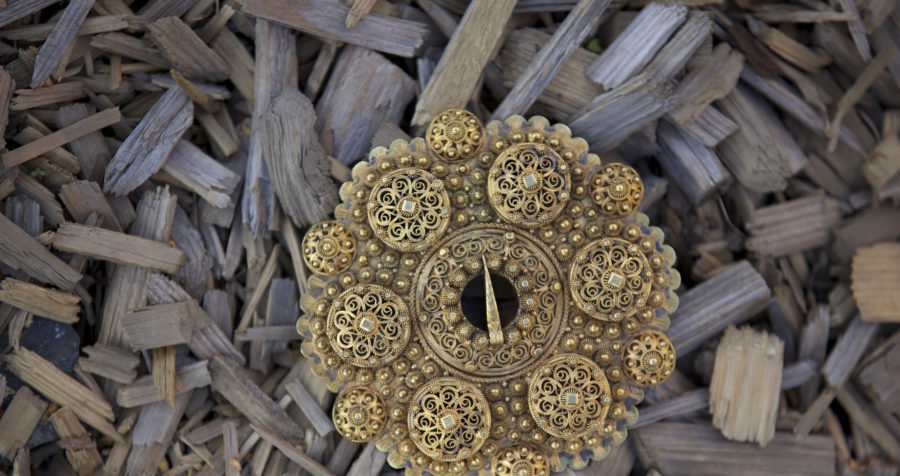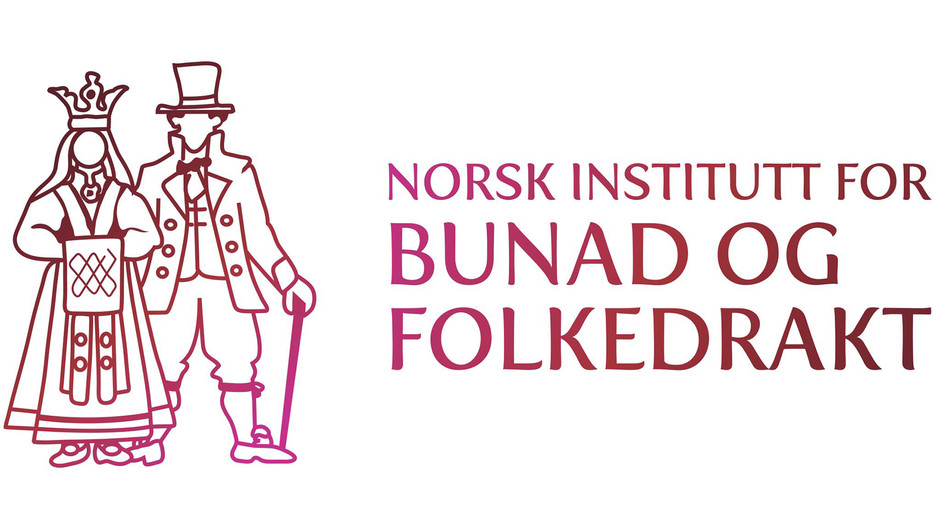Fieldwork as a tool for documentation

Background
Norwegian Folk Costumes
The clothes worn by the rural farmer population in pre-industrial Norway are called folk costumes. Folk costumes were a result of local traditions mixed with external influence, local creativity and individual taste, and differed from the clothing habits in urban areas. People living in urban regions and the provincial civil servants wore clothes more strongly influenced by European fashion.
Despite individual variation, the folk costume was often particular for a specific region. People from one area could easily be distinguished by their apparel from those belonging to other areas. In some areas, for example in the Setesdal Valley in Southern Norway, the folk costume evolved for the most part unaffected by external influences, as the contact with surrounding communities was limited.
Other rural areas, around the national capital Oslo and Trondheim, were subject to much more frequent interaction across community borders. The cut and fit of the clothes would resemble European fashion, only with a 20-30 years period of delay.
Farming families produced most of their clothes themselves, of homespun wool and linen. In some areas the costume had extensive embroidery as decorative elements, while in other areas the costume had very little decoration, depending on economy and trade. Expensive materials such as silk brocades and damasks are also found in these traditional clothes, for the most part in the Sunday clothes and in the wedding clothes.
The Norwegian Institute of Bunad and Folk Costume
The Norwegian institute of bunad and folk costume (NBF) was established in 1947. The institute’s archives contain documentation of traditional clothing and folk costumes, from the whole country.
The institute has developed a methodology for documentation nationwide in cooperation with museums, NGOs and individuals. The institute holds University classes and practical crafts training courses as well as performing research.

At the top: Handmade silver broche from south-east Norway. Photo: NBF (Norsk Institutt for Bunad og Folkedrakt)
Below: An embroidered design from… Photo: NBF
Objectives
Safeguarding
The objectives for which NBF was founded are still very much valid today; to serve as a facilitator, nationally and regionally, to document existing material and to give advice and guiding based on research. The Institute has in recent years worked together with other NGO’s to promote the use and knowledge of traditional costumes and bunads, for example by arranging the annual Bunad-Conference in August. Furthermore, the institute has since 2008 been heading a national network of textile museums. Here, the objective has been to increase the practical and theoretical knowledge of museumworkers about textiles and costumes.
Based on fieldwork, interviews and other studies, the institute give both practical and theoretical classes on the subject. Craftsmen may be given advice and practical guidance, and even training according to their specific needs. The institute engages in local and regional safeguarding programmes, and contributes with their knowledge of traditional crafts and cultural history. As a national institution, NBF plays an important role as a mediator and a counsellor to the Ministry of Culture and the Ministry of Education.

Kristin from the institute is documenting a skirt from the late 1700’s. The skirt has been used as a petticoat for warmth and comfort. Photo: NBF
Processes
Field work
Clothing traditions in different regions of Norway have been documented by the institute since the 1960s. From field work during many years, an extensive, National archive has been established. As of 2017 it contains approx. 75 000 registrations of clothes, privately owned. These fieldtrips have a duration of five days, and there are about five or six such weeks through the year.
Each fieldtrip is organised in close cooperation with local forces and associations. They prepare the fieldwork and talk to people that might have stored old clothes in their homes, usually farmers’ families. The owners bring their collections to a local venue, where the institute is ready to register the clothes. Usually the owners have their collections registered the same day. In some cases, it is necessary to return for fieldtrips in the same area for several years. Each private owner signs an agreement to registration. Each item is photographed, and a description is produced detailing the fabric, colour, technique and cut. Any additional information from the owner is vital, so that knowledge about the garments and their history is preserved. Knowledge about how different parts of clothing has been worn together, their symbolic meaning, and information about the context in which they have been used, is important information. NBF often gives advice on how to preserve and take care of the old garments in private homes.

Field work in Vesterålen in Nordland in 2011. The bodice is a classical example of empire fashion from the early 1800’s. It is made from silk and is hand made.
The archive is supplemented by photos, sketches, patterns and notes about material related to costume traditions from different districts. Additional sources include illustrations from artists, probate material, letters and other items that describe the old costume traditions. The archives at the NBF also include samples of fabrics, information on textiles, and detailed descriptions of sewing technique. The archives are publicly available.

The institute is documenting a wintercoat made of wolfe’s skin. Photo NBF

